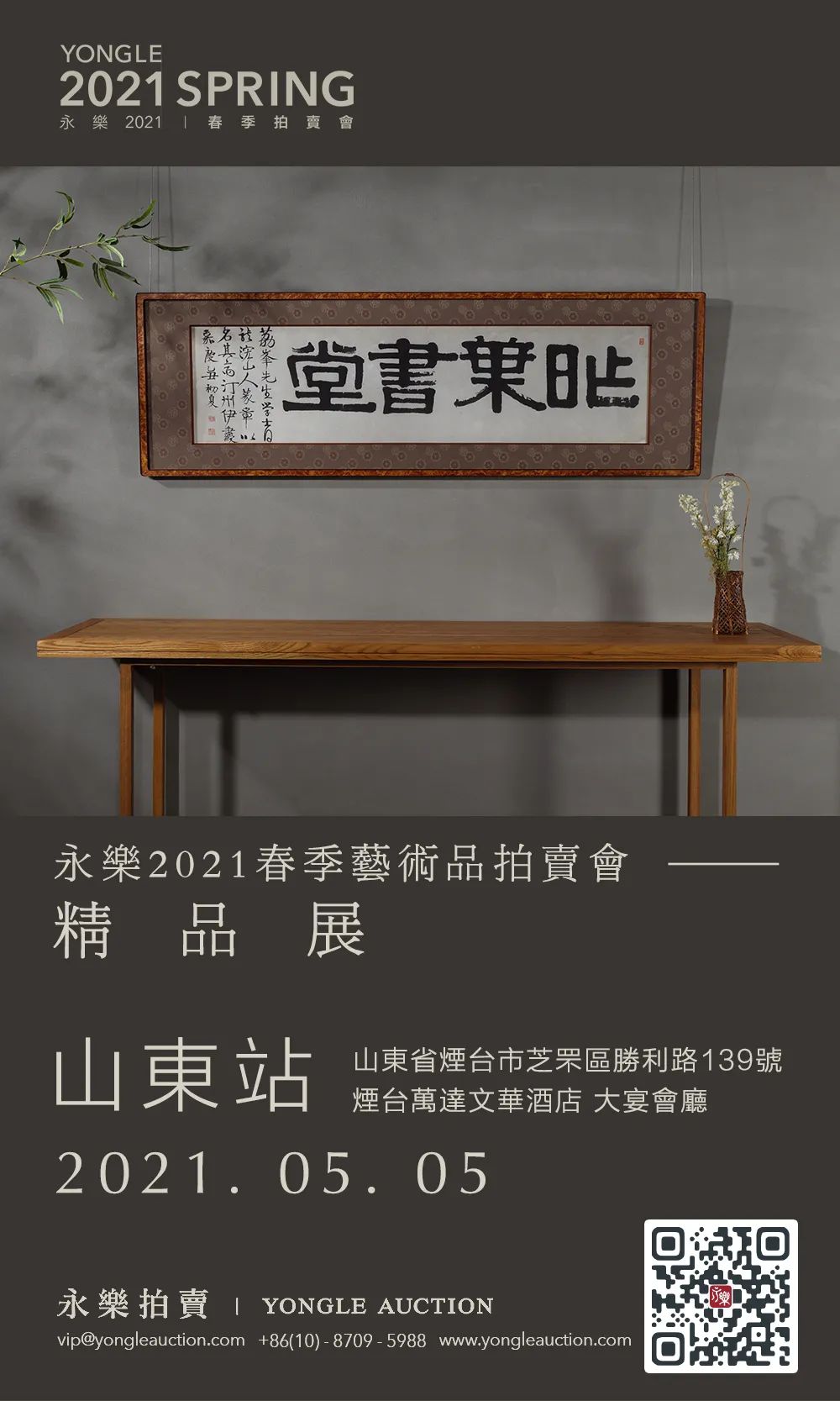
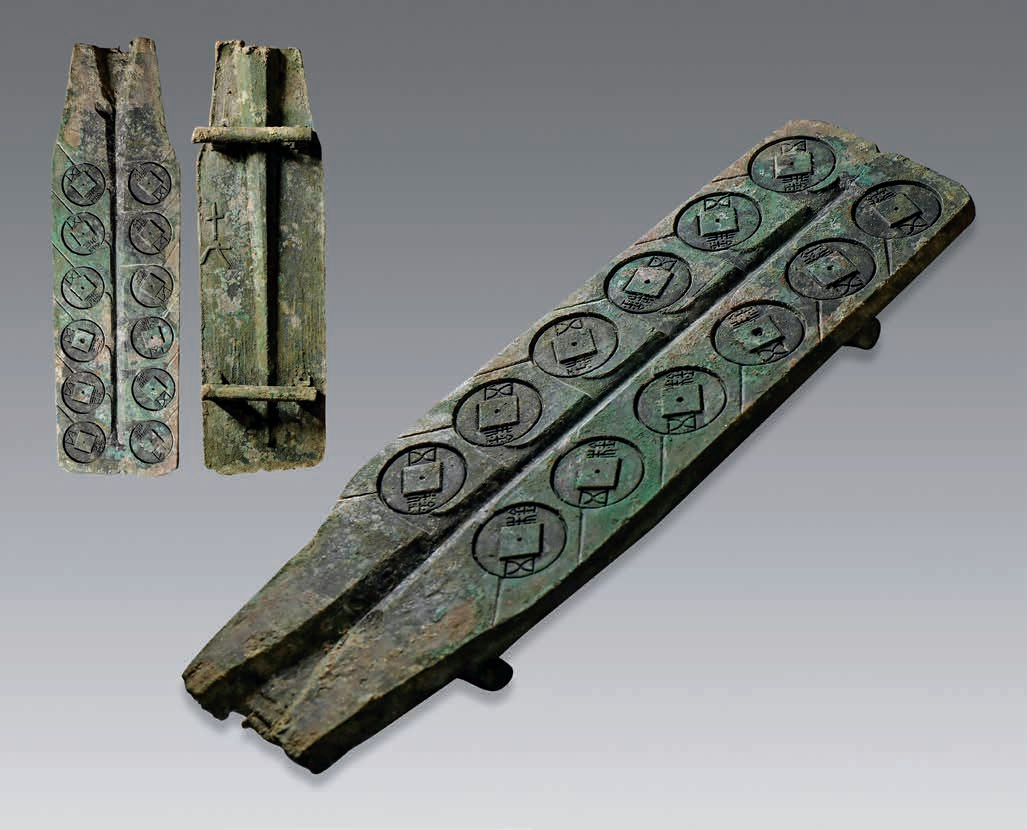
西汉 郡国“五铢”钱范,背编号“十九”
尺寸:长276 mm,宽78 mm
范体厚重,字模深峻,形制规范,锈色艳丽,保存极为完好,品相难得。此范五铢为正面穿下横杠,汉五铢多为上横杠,下横杠少见,多为汉武帝元狩年间(公元前118年)所铸造,目前发现钱范也少有下横杠。钱范背编号“十九”,文字高挺,当为同期制范之顺序编号,较少见,对研究汉代铸币工艺有重要史料价值。
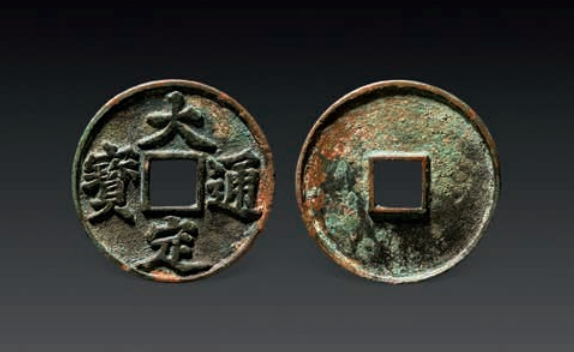
金代“大定通宝”折十试铸
尺寸:43.2 * 3.8 mm,重18.3 g
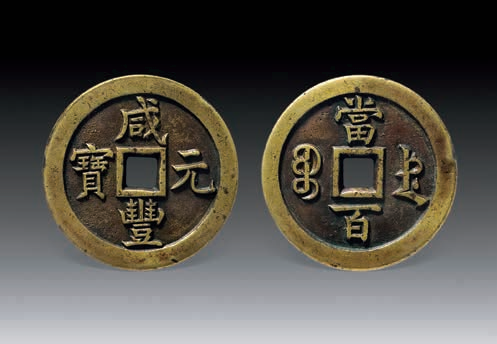 清 “咸丰重宝 ”背“宝德 当百”母钱
清 “咸丰重宝 ”背“宝德 当百”母钱
尺寸:51.1 * 4.4 mm 重58.9 g
字口深峻,铜质精黄,状态一流,极美品,宝德局制钱好品极为少见,母钱更是难得一现,值得藏家重视。
 北宋 “靖康通宝”银质小平宫钱
北宋 “靖康通宝”银质小平宫钱
尺寸:23.3*1.2 mm,重2.9 g
 古希腊布鲁同地区利基翁城邦四德拉克马银币
古希腊布鲁同地区利基翁城邦四德拉克马银币
重17.28 g
此枚四德拉克马出自利基翁(Rhegion),所用的模具被认为是古希腊钱币中雕刻最精细的模具之一,由当时的艺术家Kratesippos签名的模具打制,后来使用未签名模具,此枚未签名版被视为这一系列的的巅峰之作。Herzfeld将这些模具的雕刻师称为“Rhegium Apollo的大师”。传统上认为这些模具上的阿波罗风格受到稍早发行的《卡塔尼》的“叶子大师”的影响,但R.R.Holloway认为它可以作为一个最早的标准形象模型,对后期阿波罗在钱币上的艺术形象产生深远的影响。
This magnificent tetradrachm is from a series at Rhegion that is regarded as having the most finely engraved dies of all the numismatic output of the mint. The earliest phase features dies signed by the artist Kratesippos, but the later unsigned dies, such as were used here, are regarded as the pinnacle of this period at Rhegion. Herzfelder called the engraver of these dies “the Master of the Rhegium Apollo.” While the style of Apollo on these dies was conventionally considered to have been influenced by the “Master of the Leaf” of the slightly earlier issues of Katane, R.R. Holloway suggests that there was actually a common prototype for both issues, which served as a model for coinages as far away as the Chalkidian League. This high period of artistry at Rhegion coincides with the famed issues of the “signing artists” of Sicily, and was only brought to a conclusion with the sack of the city by Dionysios I of Syracuse in 386 BC.
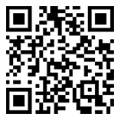





 皖公网安备 34010402700602号
皖公网安备 34010402700602号